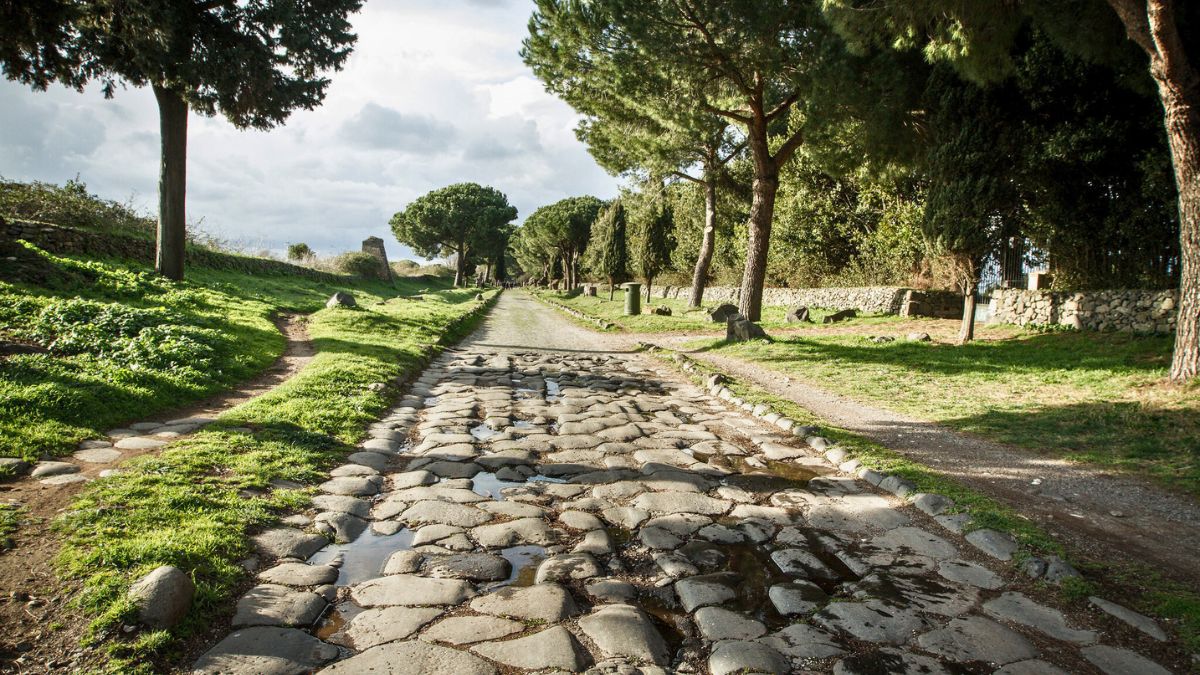The Appian Way in Rome has been added to UNESCO’s World Heritage list! Also known as Regina Viarum or Queen of Roads, this route was built in 312 BC and has immense cultural and historical significance in Italy. A crucial military and trade route, the Appian Way is also Rome’s first highway. Read on to know more about it.
Italy’s Appian Way Gets UNESCO World Heritage Status
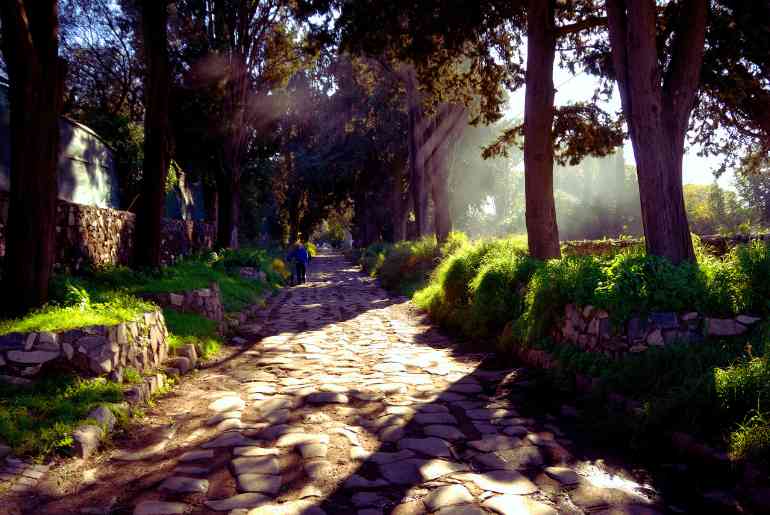
Italy’s Appian Way has now got a UNESCO World Heritage status! With this addition, Appian Way became Italy’s 60th site recognised by the UN’s cultural agency. A major tourist attraction in Rome, this ancient road was built in 312 BC under the direction of Appius Claudius Caecus, a Roman censor.
A fine example of Rome’s engineering prowess and historical impact, this road was built as the city’s first highway. It was a crucial military route that connected the Italian city to southeastern Italy. With time, this path also played a major role in connecting the Roman Empire with the world.
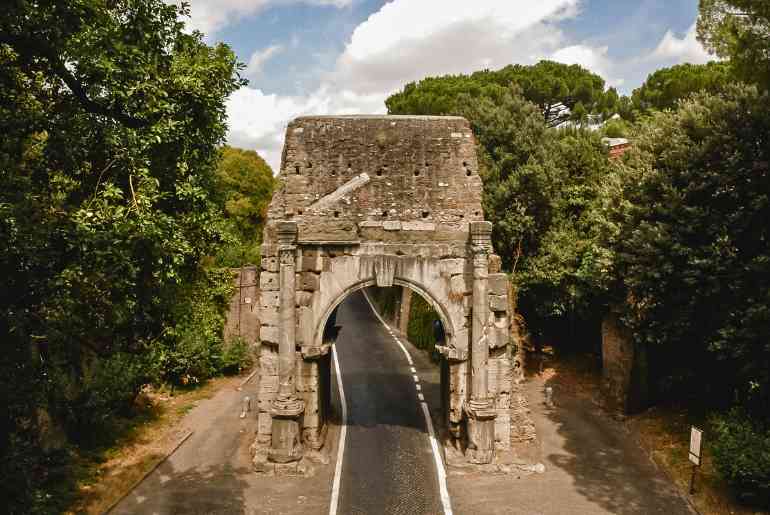
Gennaro Sangiuliano, Minister of Culture of Italy, took to X (formerly Twitter) to announce Appian Way’s UNESCO World Heritage status. According to a Times of India report, the Italian cultural ministry believes this recognition highlights the enduring legacy of the Appian Way. It also underscores the legacy of Roman engineering and acknowledges the road’s profound impact on the development of infrastructure and fostering cultural and social exchanges in the region.
Also Read: Dr. S. Jaishankar Unveils Bust Of Mahatma Gandhi In Edogawa During His 2-Day Visit To Japan
Here’s More About This Historic Site In Rome
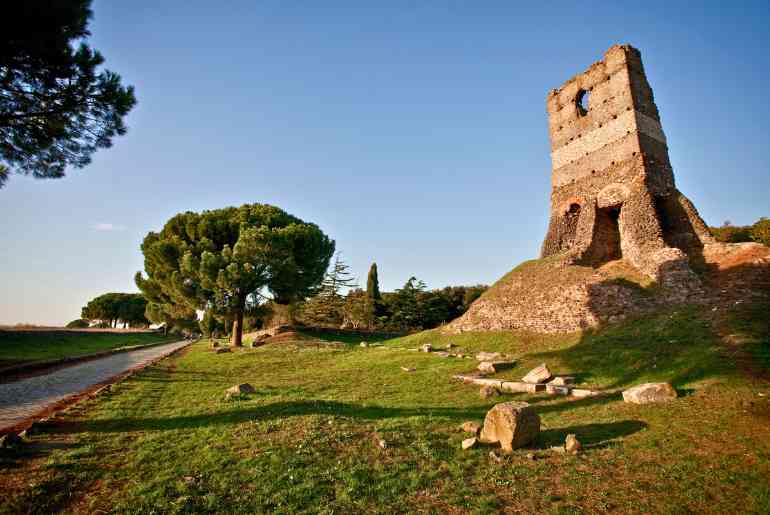
Renowned for its strategic construction and well-engineered paving stones, the Appian Way is spread over 350 miles. It is often acknowledged for laying the groundwork for future road-building techniques and linking Rome with the rest of the Mediterranean world.
According to The Times of India, this road facilitated the movement of troops, goods, and people across the Roman Empire and helped boost trade and communication in the region. Offering a glimpse into the grandeur of ancient Rome, Appian Way has several notable monuments along its path. These include the Church of Domine Quo Vadis, Catacomb of Callixtus, Circus of Maxentius, and several other mausoleums and Roman baths.
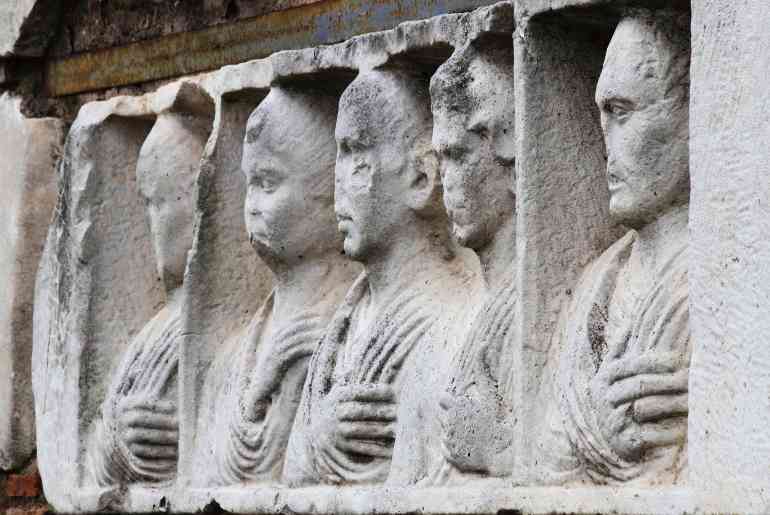
Recognising and preserving historical monuments and sites is one of the most crucial things in the world! Which monument do you think should be added to this list next? Let us know in the comments.
Cover Image Courtesy: Wikimedia
For more such snackable content, interesting discoveries and the latest updates on food, travel and experiences in your city, download the Curly Tales App. Download HERE. First Published: July 29, 2024 12:27 PM
